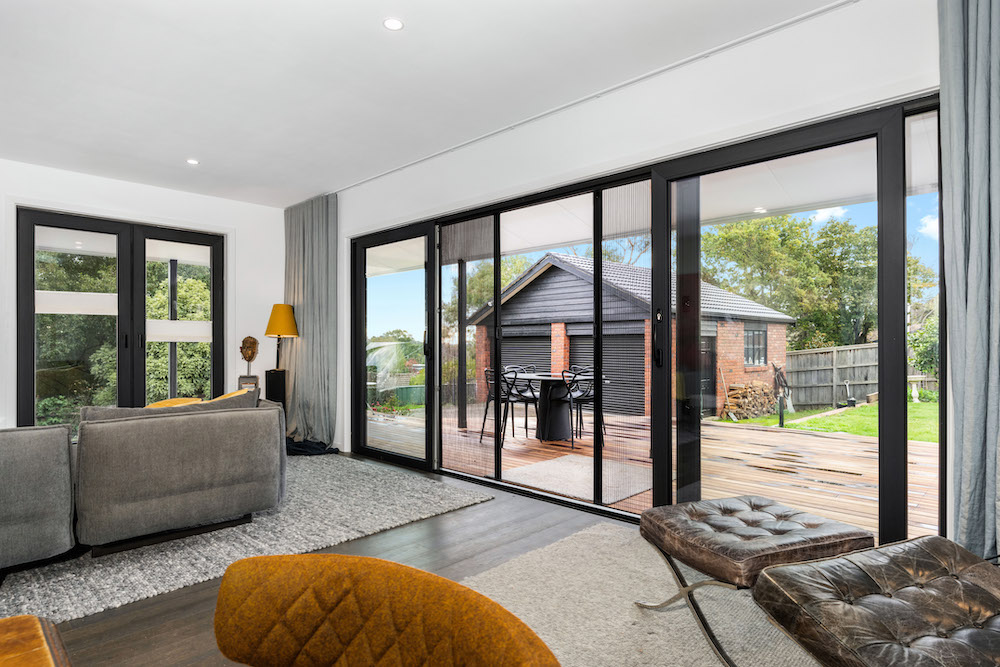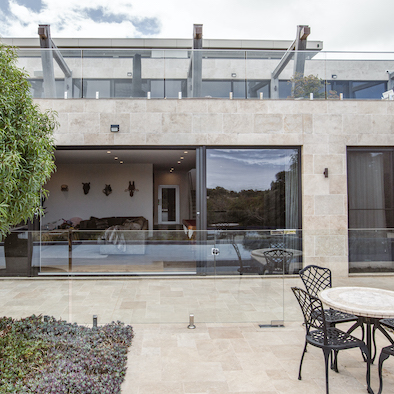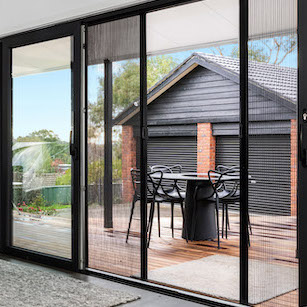
Embracing the Trend: The Rise of Large Glass Surfaces in Modern Architecture

In the realm of contemporary architecture and interior design, there’s a notable trend that has captured the imagination of homeowners and designers alike: the integration of large glass surfaces.
From expansive windows that offer panoramic views to generously dimensioned sliding doors that seamlessly blend indoor and outdoor spaces, the use of glass has become synonymous with modernity and elegance.
Aesthetic Statements

One of the most striking manifestations of this trend is the prevalence of generously sized sliding doors. These architectural marvels not only serve as functional elements but also as aesthetic statements, transforming living spaces and blurring the boundaries between the interior and exterior environments.
Enhance Spatial Perception
The appeal of large glass surfaces lies in their ability to enhance spatial perception and foster a sense of harmony with the surrounding environment. By seamlessly integrating the outdoors with the interior living space, they create a fluid transition between different areas of the home, promoting a feeling of continuity and tranquility.

The abundance of natural light that floods through these glass surfaces not only illuminates the space but also uplifts the mood, creating a bright and welcoming ambiance.
Maximise Energy Efficiency
In addition to their aesthetic appeal, large glass surfaces offer practical benefits as well. They maximise energy efficiency by harnessing natural light to reduce the need for artificial lighting during the day, thus lowering energy consumption and utility costs.
They facilitate passive heating in colder climates, harnessing solar energy to help maintain a comfortable indoor temperature.
The Versatility of Glass

The use of glass in contemporary architecture is not limited to sliding doors alone. Architects and designers are increasingly incorporating floor-to-ceiling windows, glass walls, and skylights to create visually stunning spaces that prioritise transparency, lightness, and openness.
Whether it’s a sleek urban loft, a minimalist beach house, or a sprawling countryside retreat, the versatility of glass allows for endless design possibilities, catering to a wide range of architectural styles and preferences.
Transformative Power and Enduring Appeal
The popularity of large glass surfaces in modern architecture is a testament to their transformative power and enduring appeal. From their ability to create seamless connections between indoor and outdoor spaces to their capacity to flood interiors with natural light, these architectural elements have become emblematic of contemporary living.
As we continue to embrace the principles of openness, sustainability, and connectivity in design, it’s clear that the allure of glass will remain undiminished, shaping the architectural landscape for years to come.
